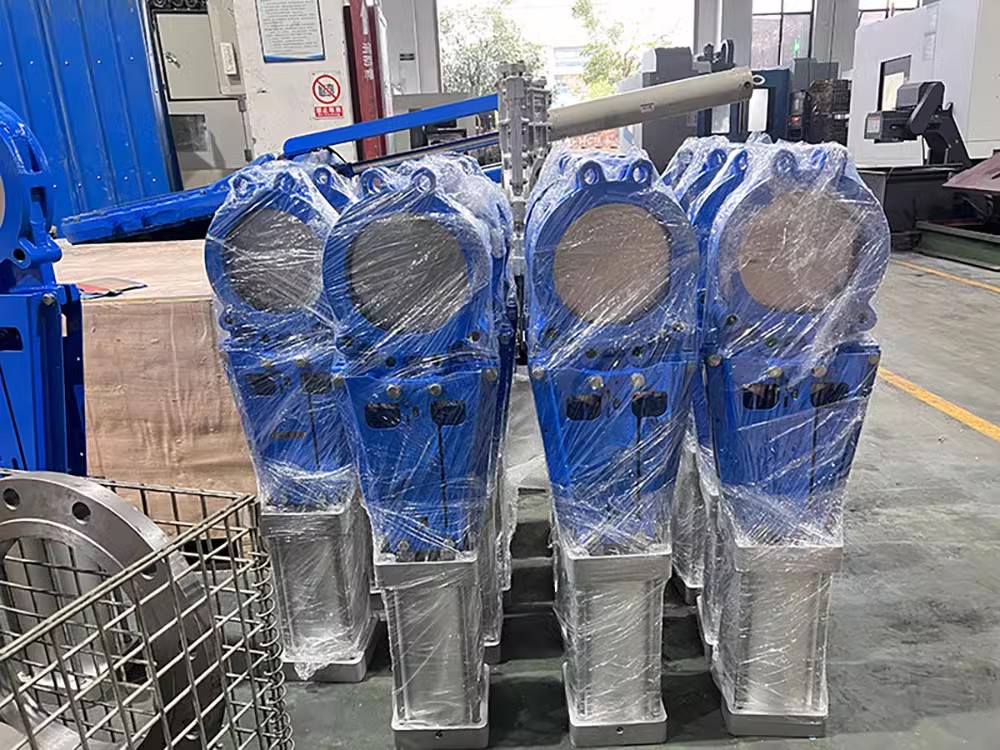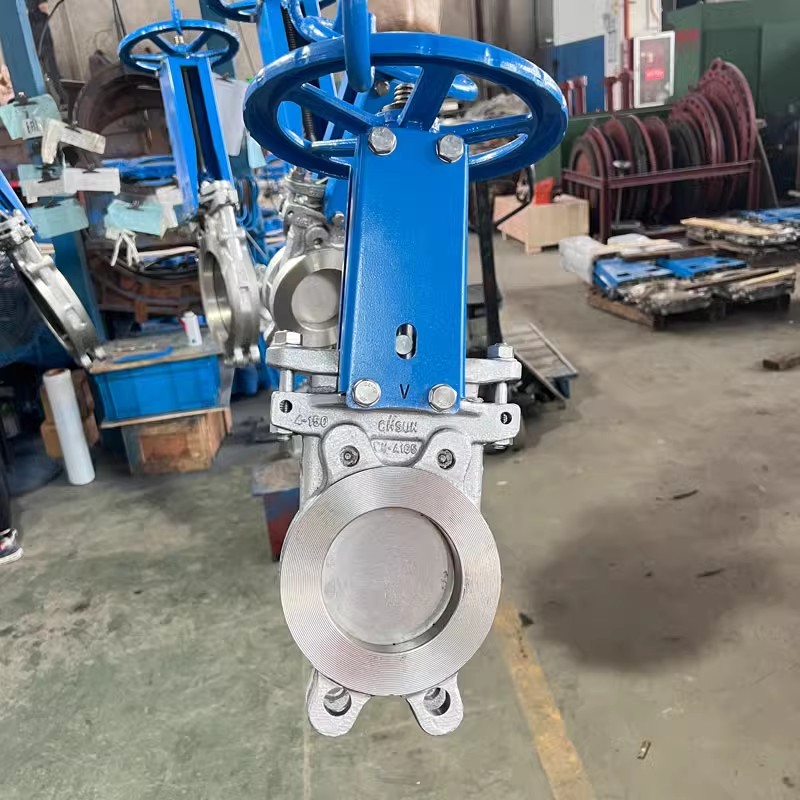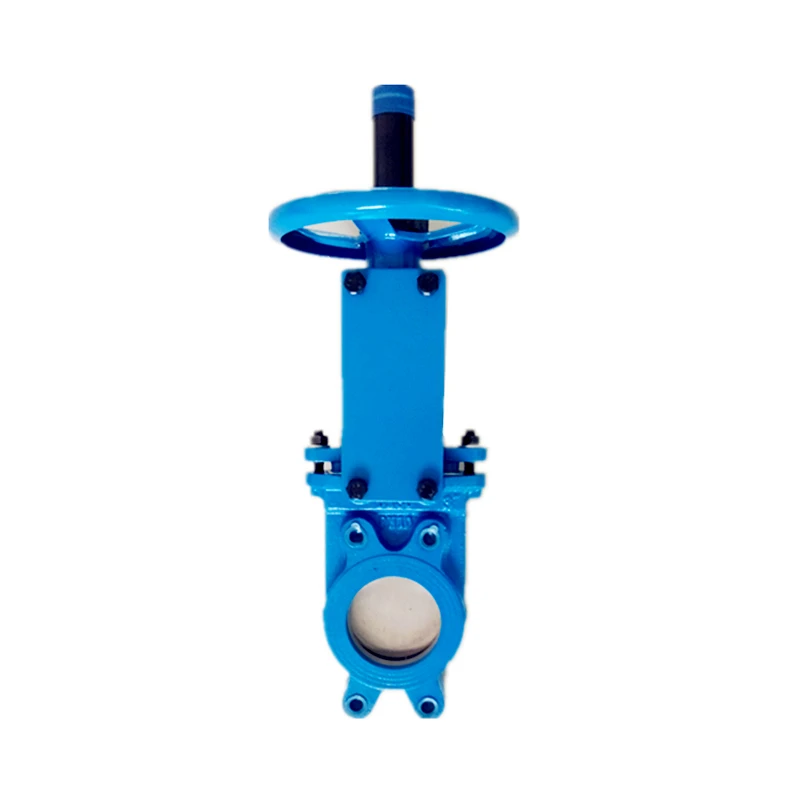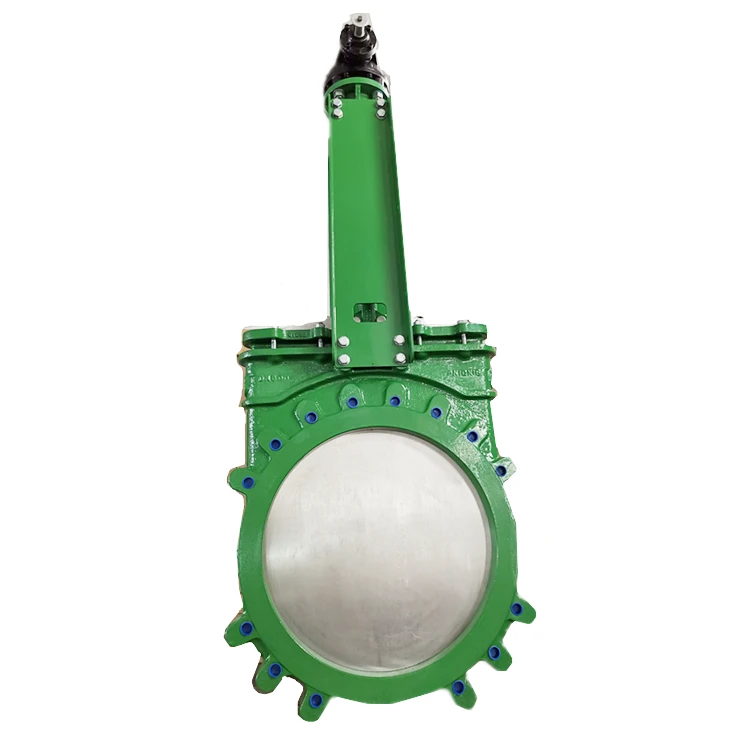Knife Gate Valve Price Seal Seat Specification and Symbol Overview
Key Takeaways
Knife gate valves exhibit various pricing factors influenced by materials used, manufacturing processes, and market demand. Knowing these influences aids in budget planning. For instance, stainless steel options tend to be more expensive than cast iron models due to their corrosion resistance and durability. The selection of the appropriate seal is critical for optimal performance. Different seal types, such as elastomeric, metallic, and fabric, serve specific applications, with each offering unique advantages in terms of temperature tolerance and chemical resistance.
Understanding knife gate valve seat specifications is essential when determining suitable equipment for diverse applications. Factors like seat material and design can significantly impact functionality and longevity under different operating conditions. The valve’s seat must align perfectly with the blade to prevent leakage during operation.
Interpreting the associated symbols is also vital for efficient selection of knife gate valves. These symbols often represent crucial specifications such as flow direction, pressure ratings, and operational capabilities, making them indispensable for engineers during design assessments.
With all these considerations in mind, ensuring the right fit between a valve's price, seal type, seat specification, and symbol interpretation leads to better system integration in various industrial settings.
Knife Gate Valve Pricing Factors and Considerations
Knife gate valves are essential components in various industrial applications, and their pricing can vary significantly based on multiple factors. Material selection plays a crucial role in determining the cost; for instance, valves made from superior materials like stainless steel tend to be more expensive due to their durability and corrosion resistance. Additionally, the valve's size directly influences its price. Larger valves typically incur higher manufacturing costs as they require more raw materials and robust construction to handle greater pressures.
The design complexity of the valve also impacts pricing. Custom features or modifications to meet specific operational needs can drive costs higher than standard models. Furthermore, sourcing from reputable manufacturers often results in increased prices but may offer better quality assurance and prolonged durability.
Another significant aspect is market demand and availability. Fluctuations in demand due to economic conditions or shifts within specific industries can affect overall pricing trends, as can the availability of raw materials necessary for production. The following table summarizes key factors affecting knife gate valve pricing:
Factor | Description | Impact on Price |
|---|---|---|
Material Selection | Quality of materials used (e.g., stainless steel) | Higher for high-quality materials |
Size | Dimensions of the valve | Larger sizes cost more |
Design Complexity | Custom features or specifications needed | Increased cost for complex designs |
Manufacturer Reputation | Brand's reliability and service quality | Higher price for reputable brands |
Economic Conditions | Market demand fluctuations | Variable pricing based on demand |
Understanding these aspects is critical when assessing overall costs associated with knife gate valves. The right balance between price, quality, and functionality will lead to optimal choices for any project’s requirements.

Understanding Knife Gate Valve Seals: Types and Applications
The knife gate valve seal is a critical component in ensuring the effective operation of these valves. Seals can vary significantly based on the application and the materials used. Common types include elastomeric seals, which offer substantial flexibility and can accommodate a wide range of pressures, and metal seals, providing superior durability in extreme conditions. The choice of seal should reflect not only the type of medium being controlled but also operational parameters such as temperature and pressure.
When selecting a knife gate valve seal, it is essential to consider its application environment. For instance, in wastewater treatment settings, seals must resist corrosive substances while maintaining performance over extended periods. In contrast, food processing applications may require seals that meet stringent sanitary standards to protect against contamination.
Maintaining optimal performance requires regular inspection and timely replacement of worn seals. Utilizing high-quality knife gate valves with robust sealing solutions can prevent leakage and ensure efficient operation.
“Choosing the right seal type can significantly enhance the longevity and reliability of knife gate valves.”
Knife Gate Valve Seat Specifications: What You Need to Know
Knife gate valves are essential components in fluid control systems, particularly in applications involving slurries or other viscous materials. The seat specifications of a knife gate valve play a crucial role in ensuring effective sealing and operational efficiency. The seat material, often made from rubber, plastic, or metal, must be selected based on the fluid's characteristics and the working environment. For example, rubber seats provide excellent sealing capabilities for softer applications, while metal seats are suitable for high-pressure or abrasive environments.
Thickness and profile of the seat also impact performance; a well-designed seat will minimize leakage, enabling reliable cut-off of flow. This is paramount in applications where isolation is necessary to prevent cross-contamination between process lines. Additionally, understanding the dimensions of the seat is vital for compatibility with various valve bodies and installations.
Installation tolerances should be evaluated carefully to ensure that the valve can maintain its integrity under operational stresses. Furthermore, consideration of temperature limits is essential since extreme conditions can affect seat material performance and longevity. Regular maintenance checks can mitigate potential performance issues related to wear and degradation over time.
Ultimately, choosing the correct seat specification is critical for achieving optimal function in knife gate valves, ensuring they meet the demands of specific industrial applications effectively.

Interpreting Knife Gate Valve Symbols for Effective Selection
Understanding knife gate valve symbols is essential for effective selection and application in various industries. Each symbol conveys critical information about the valve's design, function, and operational characteristics. For instance, symbols often indicate whether the valve is manually operated or automated, its flow direction, and the type of seal used. Some symbols may illustrate specific features such as the knife edge design that allows for effective cutting through materials, making it suitable for handling slurries and viscous fluids. Familiarity with these symbols aids engineers and operators in identifying the appropriate valve type based on their unique requirements. Emphasizing accuracy in interpretation prevents misunderstandings that could lead to inefficiencies or failures within systems utilizing these valves. The distinct representation of various valve types ensures that individuals can quickly assess compatibility with existing installations and operational protocols. Understanding these visual representations fosters informed decision-making when specifying valves for intricate applications.
Conclusion
Understanding knife gate valves is essential for making informed decisions in various applications. These valves are specifically designed to handle dry bulk materials and can effectively control the flow of solids and liquids. Essential factors influencing knife gate valve price include material selection, size, and manufacturer, which can vary widely based on these parameters. The compatibility of the seal type plays a crucial role in ensuring optimal performance and longevity; options like rubber or metal seals cater to different operational demands. Similarly, the seat specifications determine how well the valve performs under various pressure conditions, making it vital to select a seat that aligns with the intended application. Interpreting the appropriate symbol for a knife gate valve in engineering drawings is also key to ensuring accurate representation and application within projects. By focusing on these aspects, users can select the right knife gate valve that meets their specific needs, optimizing efficiency and reliability in their systems.
FAQs
What factors influence the price of knife gate valves?
The price of knife gate valves is affected by several factors, including material type, size, seal design, and manufacturer. Specialty features or custom specifications can also increase costs.
What types of seals are available for knife gate valves?
Knife gate valves offer various seal types, including elastomeric seals, which provide flexibility and robust sealing capabilities. Metal seals are available for high-temperature applications, offering durability and longevity.
What should I know about knife gate valve seats?
The seat specifications for knife gate valves are crucial. They determine compatibility with various fluids and pressures. The choice of seat material impacts the valve's performance and lifespan.
How can I interpret knife gate valve symbols?
Understanding knife gate valve symbols is essential for effective selection and installation. Each symbol represents specific functions, sizes, and types according to industry standards. Familiarity with these symbols aids in accurate identification and application.
Are there maintenance tips for knife gate valves?
Regular inspection is vital for maintaining performance. Checking the seat and seal integrity helps prevent leaks. Lubrication of moving parts ensures smooth operation.
When should a knife gate valve be replaced?
Replacement is recommended if significant wear or damage is observed, such as excessive leakage or difficulty in operation. An inspection routine helps identify the right time for replacement to maintain system efficiency.




